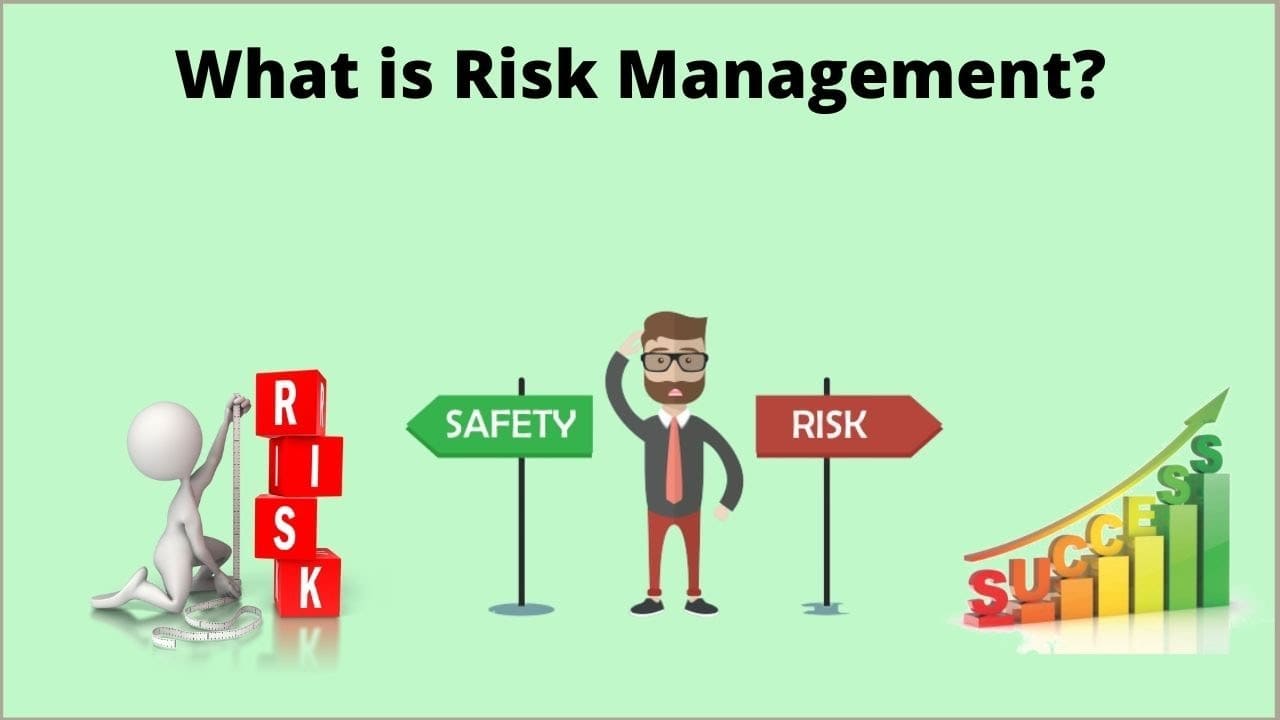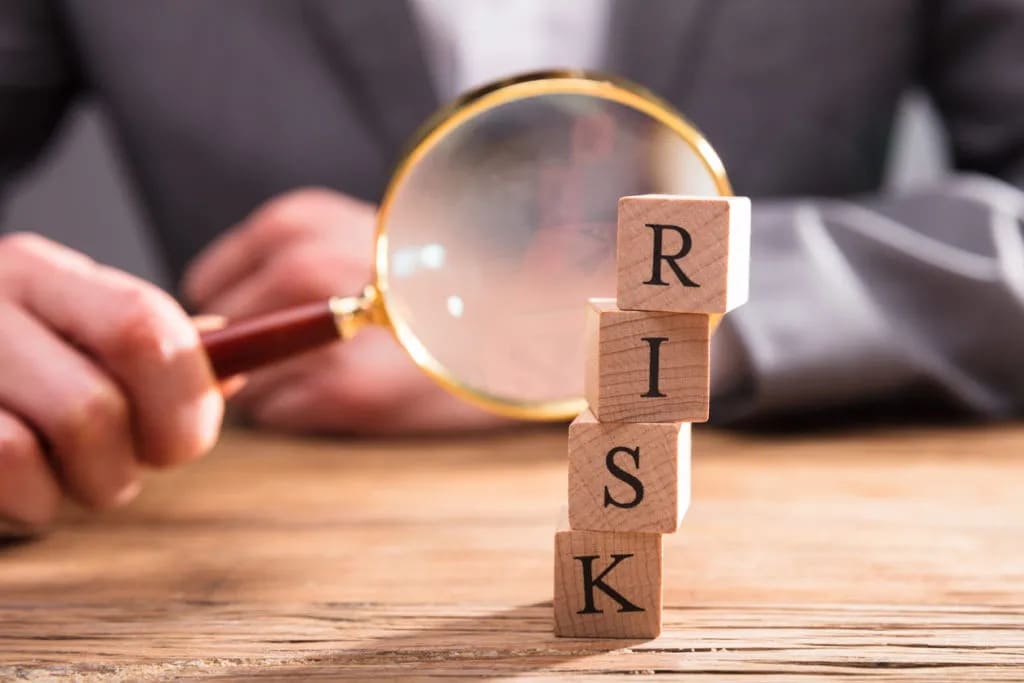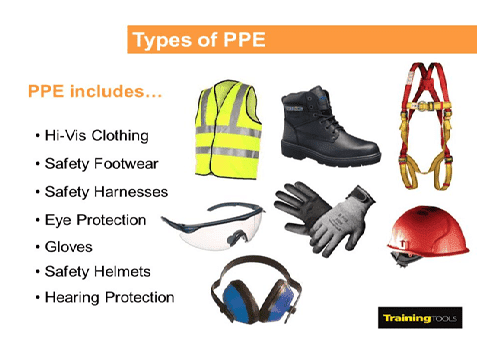What's risk management and why is it important?

What's risk management and why is it important?
Risk management is an important tool to identlify hazards assess risk and implement measures to control or minimize risk.
Why do we need risk management?
Every worker has a right to go home safe and healthy evey day,we can prevent our injuries and ill health at work. companies with proper risk management practices, also enjoy higher productivity, improve staff morale and better corporate image to help companies better assess risk and hazards at workplace. the Ministny of Manpower and the workplace safety and health Coundil have revised and laundhed the code of pratice on risk management in February 2015, risk managemene should be pragmatic focus on reduding risk at source and holistic,a pragmatic approach to risk management involves identifying all hazards that may arise from work.

Evaluating the risk and adopting the right control measures,which suitable and compatible to the work processes or environment,all worker's need to understand the hazards they face in their work activities. therefore it is important to communicate all information and identify hazards and a corresponding rlisk controls to employees, amployers to regularly revew the risk assessment with amployees input. During committee meetings and ensure that control measures are implemented on ground,risk mangement is also about reduding risk at sauce. what does that mean? It means finding the appropriate risk control method to reduce risk the work you do,in the hierarchy of controls,the control methods include elimination,substitution, engineering controls, administative controls and personal protective equpment(PPE)

Alway try to first eliminate the rtisk, if you can't look at you can substitute the hazard with some examples of eliminating brisket sauce use paint rollers with extendable handles instead of a frame leaders, When painting low walls and ceilings to eliminate risk from working at Heights, use electric stackers intead of lifting loads manually to eliminate ergonomics risk, if elimination is not possible the second most effective measure is substitution. this involves replacing equipment or hazardous materials, used with subsitutes to present lower risk. some examples of substitution. substitutes solvent based chemicals which are highly flammable.with water based ones to eliminate the risk of fire, and reduce storage of flavorful material in the workplace. replace careful use when working at height with a boom lift, if both of the first two approaches are not feasible. use engineering controls or administrative measures, engineering controls until structural changes to machine, process or surroundings to reduce the risk,
For example carry out spray painting in a spray booth to reduce chemical exposure, use acoustic enclosure for machines to reduce noise exposure to surrouding workers. administrative controls includes measure, such as safe work procedure and design of job task. training of workers and constants has a communication to reduce risk, provide workers with sufficents breaks between work task on job rotation to reduce exposure to risk at work. after considering elimination,substitution,engineering controls and adminitrative controls, determine the appropriate PPE to address residue risks. Use of personal protective equipment is last line of defense against hazards, finally we should take a holistic approach to risk management the means considering individual job and organizational factors that can compromise to workers ability to work safety, individual factors look at a workers health conditions which are important to assess if he suitable for the job. job factors address conditions of the workplace equipment and design, organizational factors focus on the work culture workload and training of workers. taking a holistic approach in risk management, also means looking at not just safety harzards,but health harzards resulting from exposure to noise, chemicals and ergonomics risk factors this is especially important for individuals who have pre-existing health conditions, together we can prevent all injuries and ill health at work.










